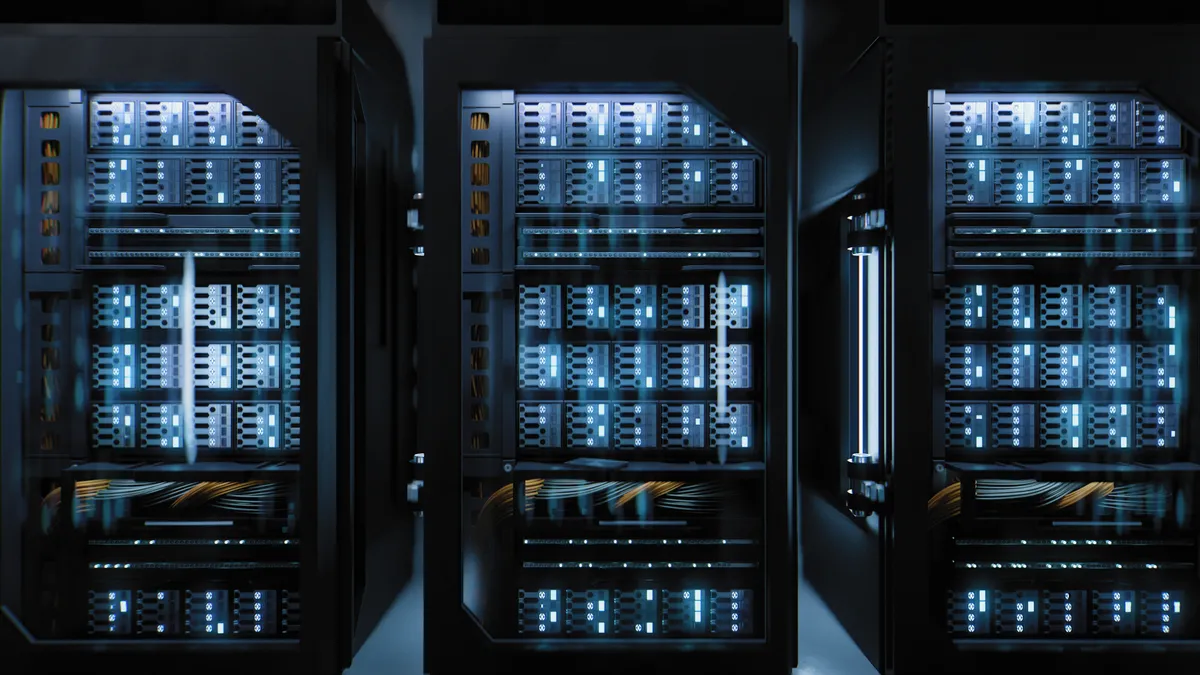Behind the major battle between AWS, Microsoft and Google over cloud market share, there’s a smaller scuffle brewing between cloud service providers and multicloud infrastructure software vendors. It’s a more diffuse but no less intense struggle to determine what kind of company dominates the “as a Service” sector: hyperscalers or smaller providers.
Companies choose multicloud infrastructure software vendors to avoid vendor lock-in and for cutting edge, best-in-breed technologies in discrete high-urgency areas such as cybersecurity and app monitoring, according to a recent Bain & Company report.
Hyperscalers win when convenience, reliability, cost and integration with existing IT are primary concerns, according to the consulting firm’s analysis.
Applications in need of scale, including those relying on AI, ML and vision and natural language processing technologies, are also areas where the big CSPs have an advantage, the report said.
That tenuous equilibrium has been upended by the economic downturn.
Many of the SaaS and IaaS innovators offering multicloud functionality are relatively newer, smaller companies that lack the financial resources to survive a prolonged market decline. Companies such as Amazon, Microsoft and Google are better situated to weather a sluggish economy.
“The growth darlings are experiencing a bigger valuation pullback than companies who have a more secure business model,” David Crawford, leader of Bain & Company's global technology practice, said in an interview with CIO Dive.
An uptick in M&A activity, with cloud software consolidating within the hyperscalers, is a potential outcome, Crawford said.
Companies failing is another.
“If you’re considering a company like Snowflake as a [data cloud] vendor, you’re probably okay,” said Crawford. “If you’re a CIO considering more early-stage players who looked promising 12 months ago but are struggling to raise another round of funding, you have to be a little more pensive about placing that bet.”
The top multicloud ISVs are coming off of two years of high growth and exceeded expectations, according to the report. Their market valuations increased by a median 25% from 2020 to 2021 and experienced a massive 157% increase the previous year. Some ISVs enjoyed valuations 50 times higher than their annual revenue, the report said.
As valuations normalize, funding can become a problem.
Yet, overall spending on IT, including “as a Service” software, is expected to remain strong in 2023. More than three-quarters of companies surveyed by Bain & Co. expect IT budgets to either increase or stay the same.
“Most of our clients think of IT, particularly on the infrastructure side, as an enabler of productivity, as opposed to a cost center,” Crawford said. “But I think we'd all be delusional to say that tech budgets won't feel the pullback as we move through this economic cycle.”
Discretionary cuts in purchases of laptops, desktop computers and mobile devices are likely, according to Crawford. Pullbacks in other areas are less so.
“Nothing approaches the immediacy of a budget cut,” Crawford said. “But completing IT projects that are already in flight can actually drive productivity fairly quickly.”












